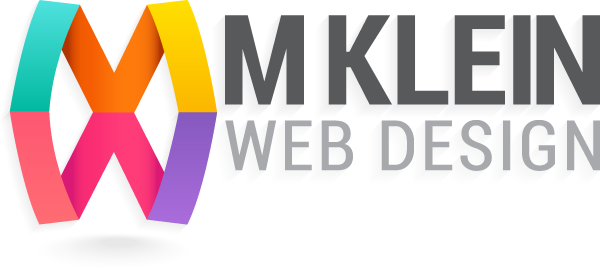Iam a completely self-taught WordPress website designer. The wonderful thing about the web design and development community is their willingness to freely share knowledge. For anyone with the desire and enthusiasm to learn web design, the resources are out there and are easily accessible. You might feel overwhelmed by all the information and areas of interest and perhaps you think that you’ll be outmatched by the web design heavyweights who have been doing this for decades. The truth is that new web designers have a BIG advantage over veterans in that they haven’t learned outdated techniques; rather, they have the advantage of conceptualizing and learning the newest and latest design skills (such as responsive design for mobile phones and tablets).
Why WordPress?
WordPress is THE MOST popular CMS on the internet with over 55 million WordPress sites worldwide. This alone is a compelling reason to use WordPress over other options like Drupal or Joomla. With that many users comes a deluge of resources; there is a tutorial for virtually anything you want to do with WordPress. There are countless support forums and WordPress communities with experts ready and willing to help you. The other advantage to a large user base is that it attracts the best developers who want to market their products to a wider set of potential customers.

Breakdown of websites with a clearly identifiable CMS, according to W3Tech’s survey of the top 1 million domains. Source: Smashing Magazine
Step 1: Install WordPress on Your Domain
There’s no point in learning and getting to know WordPress software unless it’s self-hosted. Most hosting providers have 1-step WordPress installation options. I personally use Bluehost and have had a great experience with their customer support (especially when I was first learning and often crashing my site). Check out this series of tutorials for installing and learning WordPress written by Drew Douglass.
Day 1: Installation
Day 2: The Admin Panel
Day 3: Creating a Theme from Scratch
Day 4: The WordPress Loop
Day 5: The Sidebar
Day 6: The Templates
Day 7: Widgets!
Day 8: Comments
Day 9: Tweaking the Comments
Day 10: Your First Plugin
Day 11: The PSD
Day 12: Slicing
Day 13: WordPress Coding
Day 14: Custom Fields, Functions, and Queries
Day 15: The Slider
Day 16: Creating a Custom Page
Day 17: The Slider (more)
Day 18: The AJAX Contact Form
Step 2: Explore and Play
Start by downloading a few free theme templates and have fun playing with the settings. Most themes are categorized by genre/industry, layout, or color scheme.
Sources for free WordPress themes:
- http://www.web2feel.com/
- http://www.woothemes.com (mostly paid but a few are free)
- http://www.free-wordpress-theme.net/
- http://www.templatescraze.com/free-wp-themes/
This step is really where you’re going to progress leaps and bounds. You will start to understand how WordPress themes are structured and how to customize them in any way you want.
Step 3: Connect with Other Designers
Joining forums and commenting on tutorial blogs is one of the best ways to learn WordPress. Most tutorial authors check their comments regularly and are happy to answer questions.
A few of my favorite tutorial sites:
Step 4: Design Sites!
I think almost everyone has come up with an idea for a website at some point or other. Whether you want to create a simple resume site for a friend who is unemployed, or you want to launch a huge e-commerce website with wacky products– don’t be afraid to get started.
Step 5: Stay Up-To-Date
Read design magazines and follow great WordPress twitter feeds in order to keep abreast of the latest developments and trends!
A few to follow:
Conclusions
If you are a creative thinker and have even the slightest bit of tech-savvy, you can learn to create WordPress websites. It will be frustrating and confusing at first; but as you absorb the concepts and techniques, you will notice how things that once took you hours to accomplish will start taking only minutes. If you have the patience and desire to learn, you CAN become a WordPress designer. Good luck!
Additional Resources
- Codeacademy FREE interactive lessons on how to code!
- The WordPress Codex The official definitions and explanations of EVERYTHING within WordPress. It’s basically a WordPress encyclopedia




Recent Comments